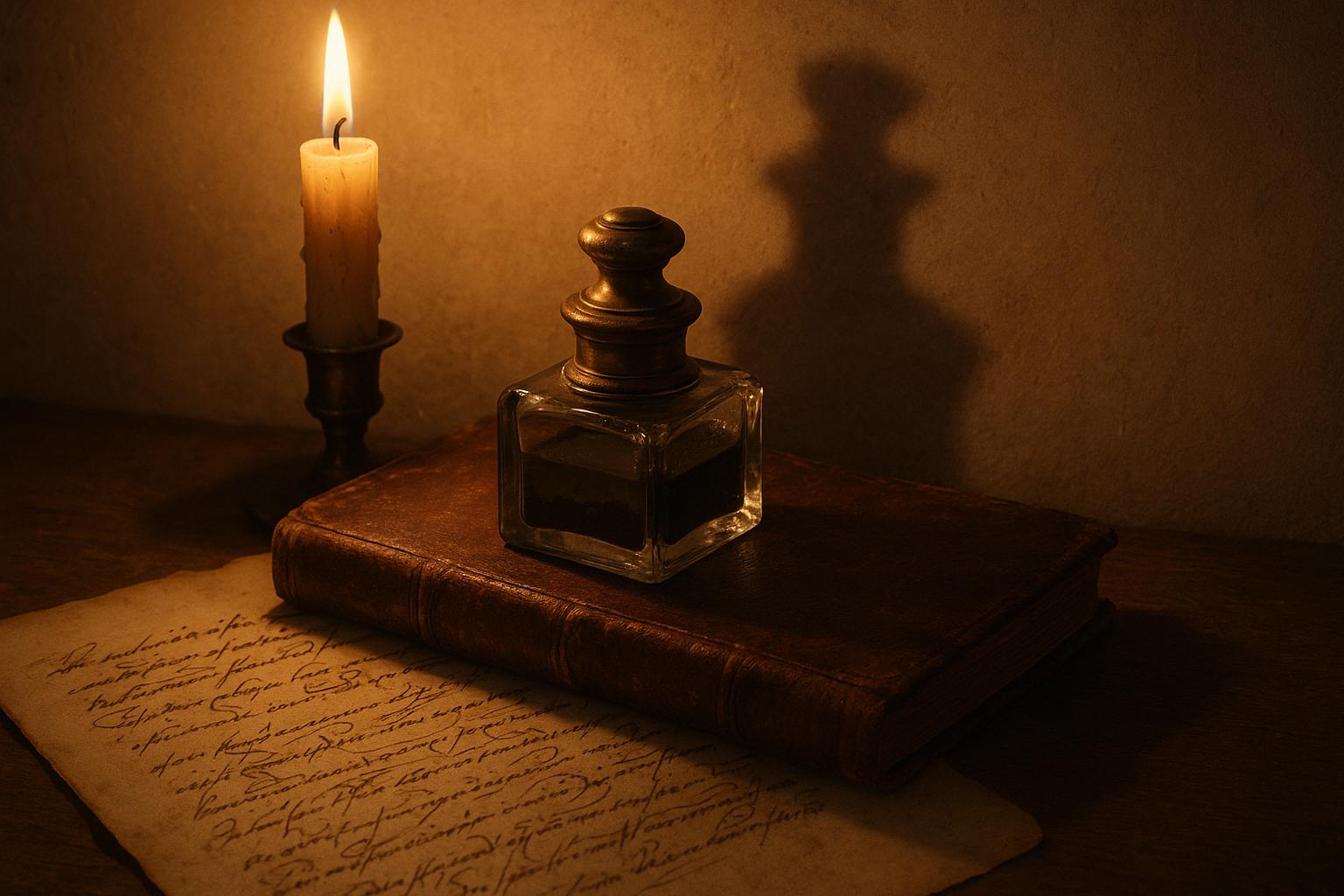David Bowie, the iconic and pioneering musician, left behind a secret final project that has only recently come to light. While his 2016 album Blackstar poignantly reflected his confrontation with mortality after a cancer diagnosis, Bowie's last creative endeavour extended beyond that renowned work. Locked away in his New York study, a collection of notes for an "18th Century musical" titled The Spectator was discovered by archivists. This musical project was previously unknown even to his closest collaborators, revealing a new dimension to Bowie's artistic ambitions in his final months.
The The Spectator project was inspired by the daily periodical of the same name, which ran in London between 1711 and 1712 and offered satirical commentaries on society's manners and fashion. Bowie's detailed notes for the musical were meticulously pinned to the walls of his study and preserved as he left them. They display his deep fascination with 18th-century London—a vibrant, sprawling city at the time, teeming with social contrasts and cultural developments. Bowie explored themes of crime and punishment, criminal gangs like the Mohocks, and the legendary thief "Honest" Jack Sheppard, alongside figures such as Jonathan Wild, the "thief-taker general." His interest extended to the artistic and political satire of the period, including references to painters like Joshua Reynolds and William Hogarth and the establishment of the Royal Academy. According to Madeleine Haddon, lead curator of the David Bowie Collection at the Victoria and Albert Museum (V&A), Bowie seemed to be drawing parallels between the 18th-century Enlightenment and contemporary political dynamics, reflecting on art's role in social change.
The Spectator was a departure from Bowie's usual contemporary lyrical themes about London, such as in songs like "I Dig Everything" and "The London Boys." Bowie himself had long harboured ambitions to write for the theatre on a larger scale, as he told BBC Radio 4's John Wilson in 2002. This musical project, had it been completed, would have fulfilled a lifelong dream.
The discovery of these notes coincides with the unveiling of the extensive David Bowie archive at the V&A Museum in London. This collection, which includes more than 90,000 items such as costumes, musical instruments, handwritten lyrics, notes, set models, and artwork, offers an unparalleled insight into Bowie's creative process and cultural influence. The archive is set to be housed at the new David Bowie Centre within the V&A East Storehouse at Hackney Wick, East London, opening in September this year for public and scholarly access.
The V&A's David Bowie Collection is notable for its breadth, encompassing items that span Bowie's entire career and showcase his impact on art, design, theatre, and contemporary culture. The archive not only includes his musical legacies but also collaborative artworks and set designs, such as those for the Serious Moonlight tour.
The David Bowie Centre, a key part of the V&A East Storehouse, is scheduled to open fully in 2025, featuring this extensive archive and serving as a hub for celebrating Bowie's legacy as a cultural icon and innovator. It will provide free, ticketed access to the public, allowing fans, researchers, and the wider audience to explore the multifaceted work of one of music’s most transformative figures.
In addition to the musical project notes, the collection contains compelling personal artefacts like Bowie's handwritten lyrics, setlists, costumes including his famous sky-blue "Life On Mars?" suit, and even evocative items such as a piece of tissue blotted with his 1974 lipstick. These artefacts have been described as "holy relics" by curators, reflecting the deep connection Bowie fans have with his work and persona.
The archive acquisition positions Bowie among other British cultural icons whose legacies are preserved in national institutions. It is a testament to his enduring influence on music, theatre, and popular culture worldwide.
📌 Reference Map:
- Paragraph 1 – [1], [4]
- Paragraph 2 – [1], [4]
- Paragraph 3 – [1], [4], [7]
- Paragraph 4 – [1], [2], [4]
- Paragraph 5 – [2], [4], [5]
- Paragraph 6 – [3], [4], [5], [6]
- Paragraph 7 – [7], [6]
Source: Noah Wire Services
